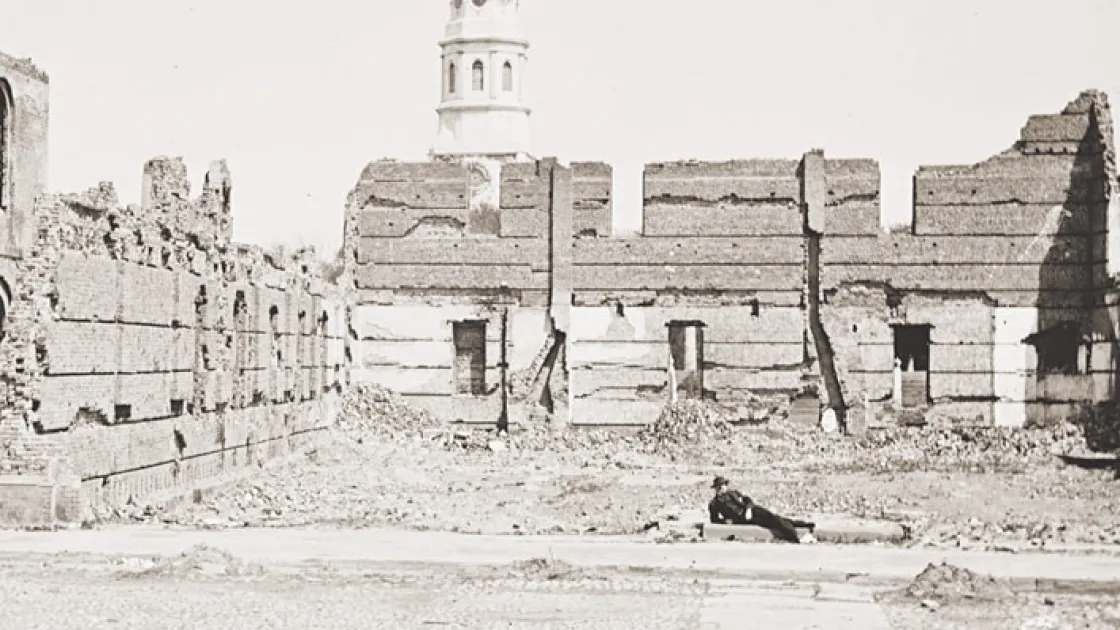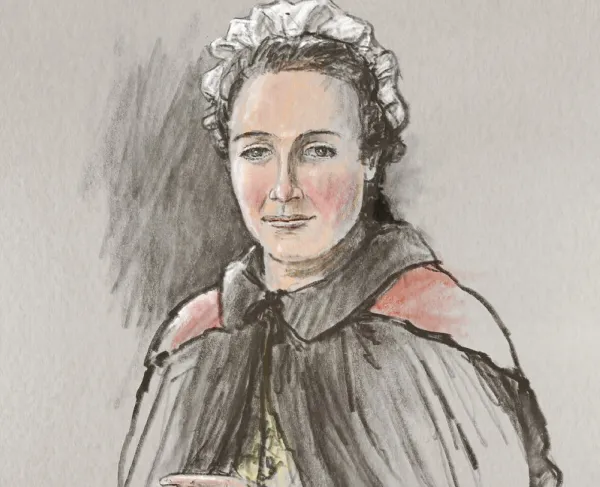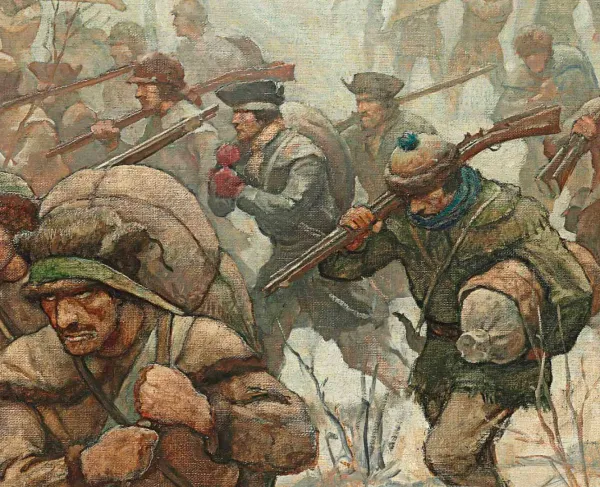Page from the Past
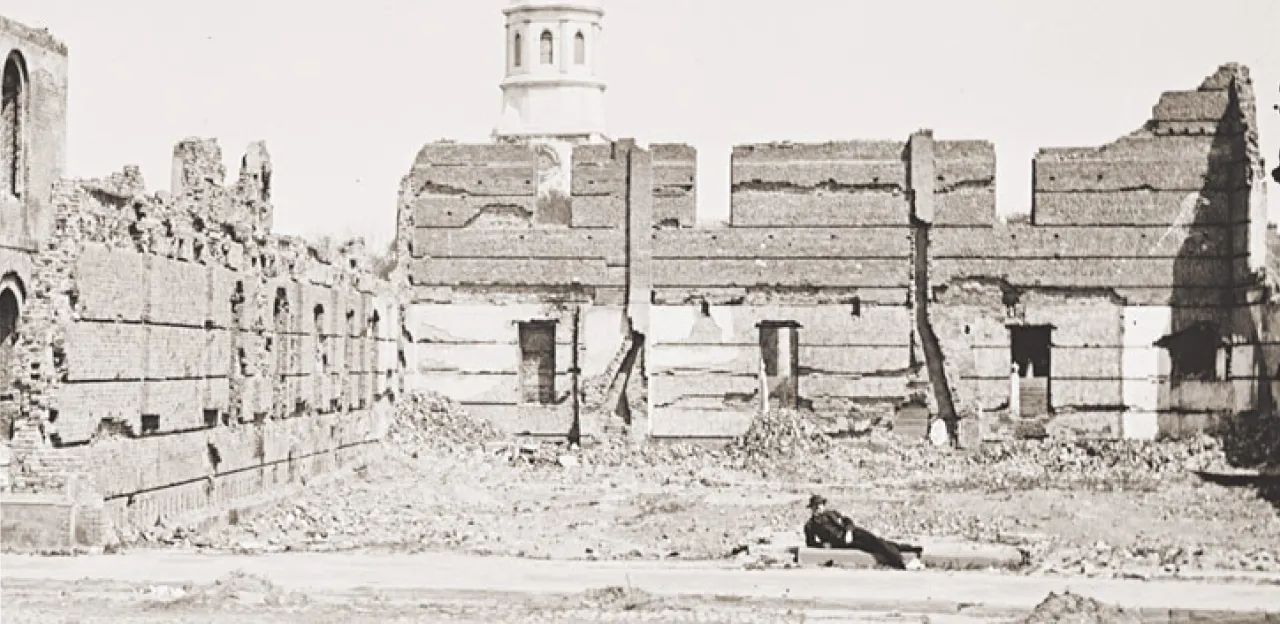
At 1:15 p.m., on December 20, 1860, the first delegate stepped onto the stage of the South Carolina Institute Hall and signed the Ordinance of Secession for South Carolina. When 169 of his colleagues had followed suit, the first state had officially seceded from the Union. Within minutes, the Charleston Mercury printed its now famous, “The Union is Dissolved” broadside and South Carolina Institute Hall’s common name was changed to Secession Hall.
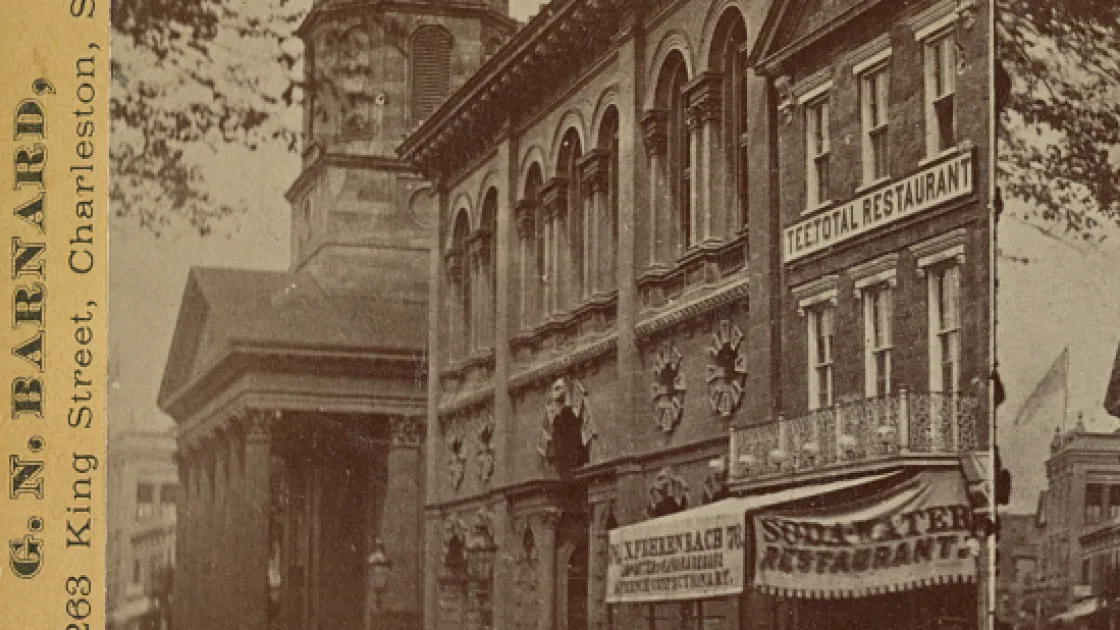
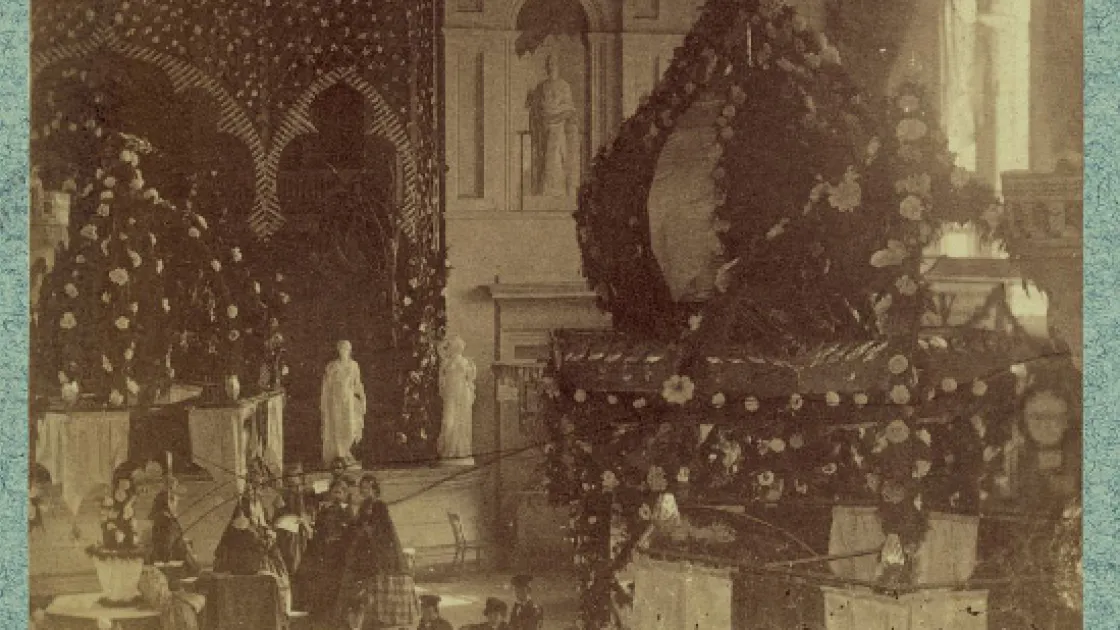
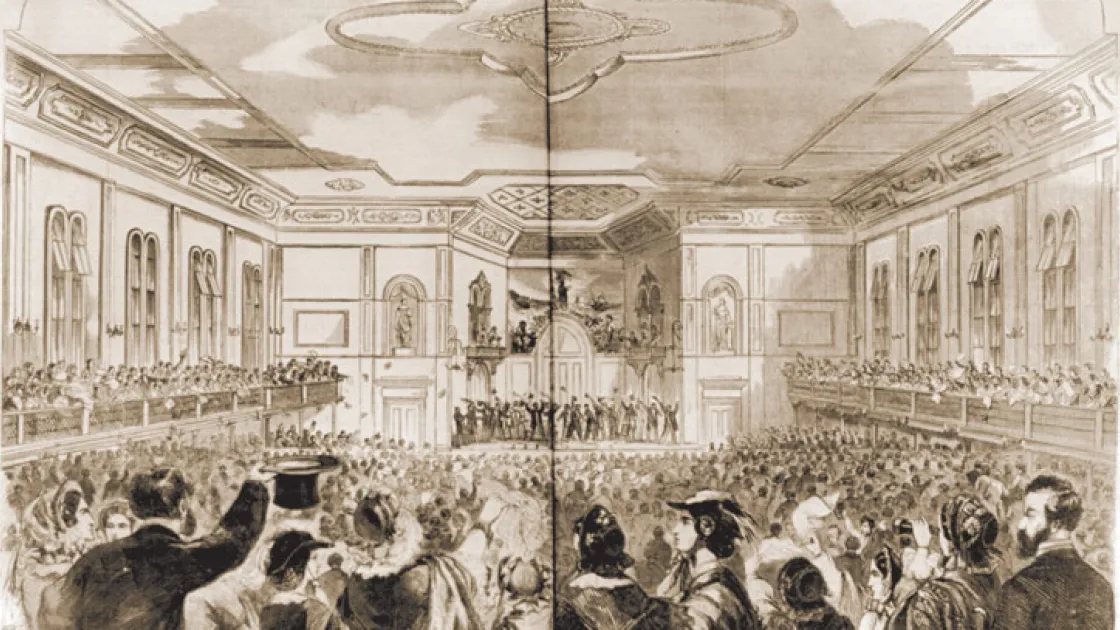
While Secession Hall’s name shall live forever, its bricks and mortar did not. In less than one year, the building was destroyed — not by Yankee bombardment, but by a fire that ravaged downtown Charleston on December 11, 1861. The fire swept from the Cooper River to the Ashley River, leaving a swath of desolation in its wake. Ironically, the fire that burned Secession Hall was accidentally started by slaves cooking dinner.
Luckily, at least for Secession Hall’s legacy, photographers and other artists captured images of the famous building, both before and after its demise.
